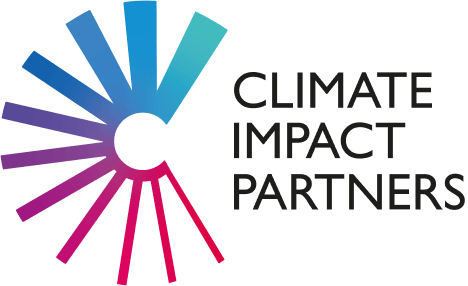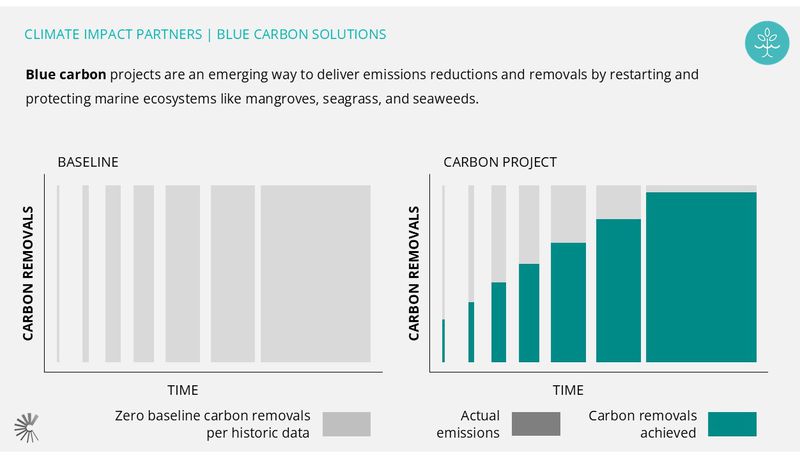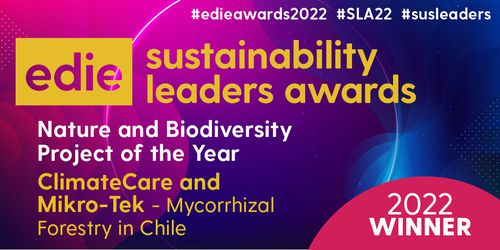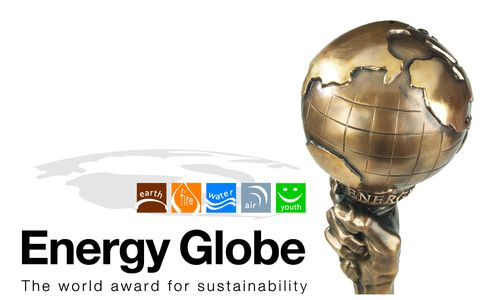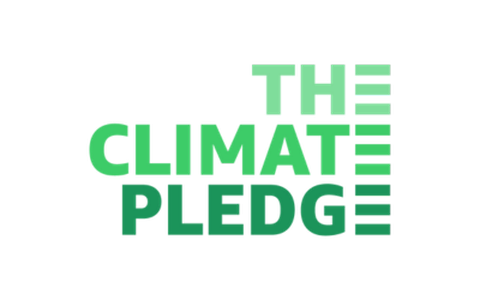The Kilifi County Mangrove Restoration project is providing local communities with new income through mangrove restoration. The planting and monitoring of new mangroves help restore the ecosystem within the costal creek project area. Several crab species typically found in the area have experienced population declines. These crabs are important sources of food and income for local communities.
Over 80% of Kenya’s mangrove forests have disappeared. Primarily, this has been driven by the need to provide fuel and income for local communities, since mangrove wood is resistant to rot and insects, making it a valuable timber for local communities.
What are blue carbon solutions?
Blue carbon solutions help conserve and restore coastal and marine ecosystems, such as mangrove, seagrass, and saltmarsh. Urgent funding is needed to support these solutions and help restore the ocean and its surrounding ecosystems as a carbon sink.
Blue carbon solutions help mitigate climate change and deliver a range of wider benefits
Blue carbon solutions play a critical role in capturing and storing carbon dioxide from the atmosphere, helping to mitigate climate change. By preserving and enhancing these ecosystems, blue carbon solutions not only support carbon sequestration but also protect biodiversity, improve water quality, provide coastal protection, and support climate adaptation, benefiting both the environment and coastal communities.
Why invest in blue carbon solutions?
Globally, blue carbon projects that have been verified by an independent standard are limited, with mangrove carbon projects being the leading producer of carbon credits in this project type. You can contribute to planting mangroves in Kenya as well as finance early-stage blue carbon projects to scale its impact across the world.
Investing in blue carbon solutions enables you to:
- Close the finance gap for blue carbon projects and help them to scale.
- Catalyze the market for blue carbon credits, as future projects may generate high-quality carbon credits.
- Support Sustainable Development Goal 14 ‘Life Below Water’ (SDG), which is the least funded or most underfunded SDG.
- Protect coastal biodiversity, local communities and infrastructure from storms, flooding and erosion.
What types of blue carbon solutions are available?
- Mangrove
Mangroves, “the wonder tree”, can store up to four times more carbon than the same area of rainforest, making them a highly effective natural climate solution. However, over 35% of the world’s mangroves have been lost since 1980 due to clearance for development, agriculture, and deforestation for fuel wood and timber.
Mangroves have adapted to thrive in the challenging environment between sea and land. Beyond their role in carbon sequestration, they are crucial for protecting coastlines and supporting marine ecosystems. Their dense root systems trap sediment and stabilize coastlines, reducing damage from storms and erosion, and help communities adapt to a changing climate. Mangroves also provide vital habitat for fish, crabs, and shrimp, supporting biodiversity and the livelihoods of coastal communities.
- Seagrass
Seagrass captures carbon up to 35x faster than tropical rainforest, and accounts for ~10% of the ocean’s carbon storage, despite covering only 0.1% of the ocean floor. Seagrass meadows play a massive role in storing carbon as they capture and bury up to 18% of the organic carbon deposited in the ocean sediments. Seagrass meadows act as underwater vaults, storing vast amounts of carbon for centuries or even millennia, as long as they remain healthy.
Seagrass is also critical for biodiversity, as it can help protect our coast from damaging storms and erosion through dampening the force of waves. Seagrass is very effective at removing pollutants from our waters. Over 30 times more animals live within seagrass compared to adjacent sandy habitats.
- Saltmarsh
Saltmarsh represents coastal wetlands found in areas where saltwater and freshwater mix, such as estuaries and shorelines. But around the world, saltmarshes habitats are being degraded. In the UK, 85% of saltmarsh has been lost since the mid-19th century, and they still face pressure today from coastal development, pollution, and climate change.
These ecosystems are highly efficient at capturing and storing carbon in their roots and soil for thousands of years. They provide important habitats for fish, birds, and other wildlife, and protect coastlines from erosion, storm surges, and flooding. Saltmarsh improves the water quality by filtering pollutants and excess nutrients from runoff before they enter the ocean. They also support local economies through activities like fishing, birdwatching, and ecotourism, adding cultural and economic value to communities.
Examples of blue carbon projects
Blue carbon solutions sequester carbon, protect coastlines, absorb pollution, and provide a home for fish and animals.
Kilifi County Mangrove Restoration, Kenya

On Mtwapa Creek, near Mombasa, a local conservation group based in the area is raising seedlings and planting Ceriops tagal, Avicenia, Xylocarpus, and Rhizophora to restore the coastal mangroves. Over 300,000 mangrove trees have already been planted across degraded sites. During a recent visit in July 2024, we noticed that the mangroves planted in 2020 typically ranged from 3 to 4 meters in height.
In order to present a new alternative to local communities, beehives are installed in the trees – providing a new income source from the sale of honey. Medicinal honey is in high demand and particularly valuable in the markets.
Accelerate Seagrass, UK

Climate Impact Partners, Deloitte, the UK’s National Oceanography Centre (NOC) and Project Seagrass have launched a powerful collaboration to unlock the carbon sequestration potential of UK seagrass meadows. These underwater wonders capture carbon up to 35 times faster than tropical rainforests, but we have lost 90% of them in the UK in the last century. The Accelerate Seagrass program will tackle this, funding critical research and restoring seagrass meadows. Crucially, this work will support the development of a new seagrass carbon code in the UK and beyond, helping to unlock long-term finance to enable recovery at greater speed and scale. Find out more here.
Watch our video to learn more about the 'Accelerate Seagrass' program, our collaboration with Deloitte, Project Seagrass, and the UK’s National Oceanography Centre to support groundbreaking research in carbon seagrass sequestration.
